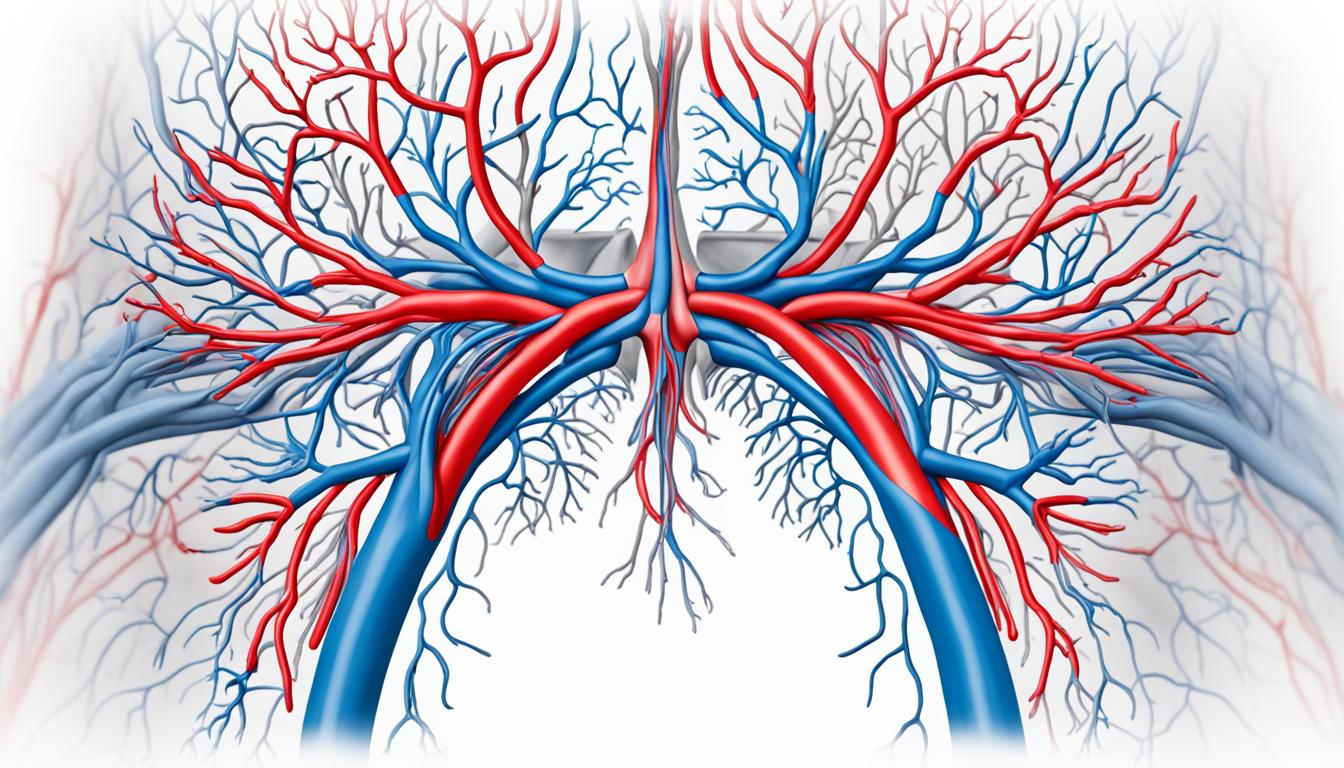Carotid insufficiency, or carotid artery disease, is when the carotid arteries narrow or get blocked. These arteries carry oxygen-rich blood to the brain. A blockage can reduce blood flow and increase the chance of a stroke. Symptoms include mini-strokes, dizziness, weakness or numbness, speech issues, and vision problems.
The main cause is the buildup of plaques, which limit blood flow. Age, smoking, high blood pressure, diabetes, and high cholesterol increase the risk. A family history of the condition also plays a part.
Doctors diagnose carotid insufficiency with physical exams, looking at your medical history, imaging tests, and blood checks.
Treatment depends on how bad the condition is. It includes changing your lifestyle, taking medicines to control risk factors, surgeries to clear the blockages, and sometimes stem cell therapy.
Stem cell therapy is being explored for carotid insufficiency. These cells could help repair tissues and regrow blood vessels. Studies in animals have shown hopeful results, but more research is necessary to understand how safe and effective this treatment is for people.
Key Takeaways:
- Carotid insufficiency blocks the pathways for blood to reach the brain, increasing the stroke risk.
- Its signs include mini-strokes, dizziness, one-sided weakness or numbness, speech problems, and vision issues.
- Plaque buildup in the arteries, linked to age, smoking, and other factors, causes the condition.
- Doctors use exams, your medical history, imaging, and blood tests for diagnosis.
- Treatments vary based on the case’s severity and might involve lifestyle changes, drugs, surgeries, or stem cell therapy.
Symptoms and Diagnosis of Carotid Insufficiency
Carotid insufficiency means not enough blood going to the brain. It causes symptoms showing blood flow problems. The most common sign is TIAs, or mini-strokes. These are short, causing fast symptoms like weakness, numbness, and trouble speaking. They act as a warning for a possible stroke.
Other signs of carotid insufficiency include face or body numbness, swallowing problems, and bad headaches. These symptoms can really affect life quality. They also signal a need for medical help.
Diagnosing carotid insufficiency starts with a physical check and talking about past health. This helps find related risks and any nerve issues. Looking into a patient’s medical background gives more info. It shows past symptoms and health concerns.
Imaging tests are key for diagnosing too. Ultrasound and angiography check the carotid arteries. Ultrasound uses sound waves to look inside without being invasive. It spots clots and blockages. Angiography uses a dye and X-rays for detailed artery views.
Blood tests also play a role in diagnosis. They check cholesterol and heart health. This gives more clues about the condition.
Using all these tests together gives a clear diagnosis. It helps plan the right treatment for each patient. A thorough approach is important for understanding and tackling the problem.
Example Table: Risk Factors for Carotid Insufficiency
| Risk Factors | Description |
|---|---|
| Age | Older individuals are at higher risk of developing carotid insufficiency. |
| Smoking | Cigarette smoking increases the likelihood of carotid artery disease. |
| High blood pressure | Elevated blood pressure can contribute to the development and progression of carotid insufficiency. |
| Diabetes | Individuals with diabetes have an increased risk of developing carotid insufficiency. |
| High cholesterol levels | Elevated cholesterol levels can lead to the formation of plaques in the carotid arteries. |
| Family history | A family history of carotid insufficiency or other cardiovascular diseases increases the risk. |
Recognizing symptoms and testing for early diagnosis is crucial. It leads to better patient care. Quick action helps lower the risk of stroke and improves outcomes.
Treatment Options for Carotid Insufficiency and the Potential of Stem Cell Therapy
The way doctors treat carotid insufficiency depends on how bad it is and the patient’s health. First, they might suggest changes in your daily habits. This could mean eating better foods, exercising more, and not smoking. It also might include keeping your stress low and watching things like high blood pressure and diabetes.
Doctors might give you medicines too. Some drugs can help stop blood clots, while others lower your cholesterol. Medications for blood pressure can also keep your numbers in a safe range.
For serious cases, doctors might recommend surgery. One option is carotid endarterectomy, which removes plaque from your artery. Another surgery, called carotid artery stenting, puts a small tube to keep the artery open. The right choice depends on the blockage’s position and how large it is, the patient’s health, and the surgeon’s skills.
Stem cell therapy is a new treatment being researched. Doctors are looking at using cells from bone marrow or umbilical cord blood. These special cells can help grow new blood vessels and repair damage. They can even help control the body’s immune system. More studies are needed to see if this therapy is safe and works well for people.

